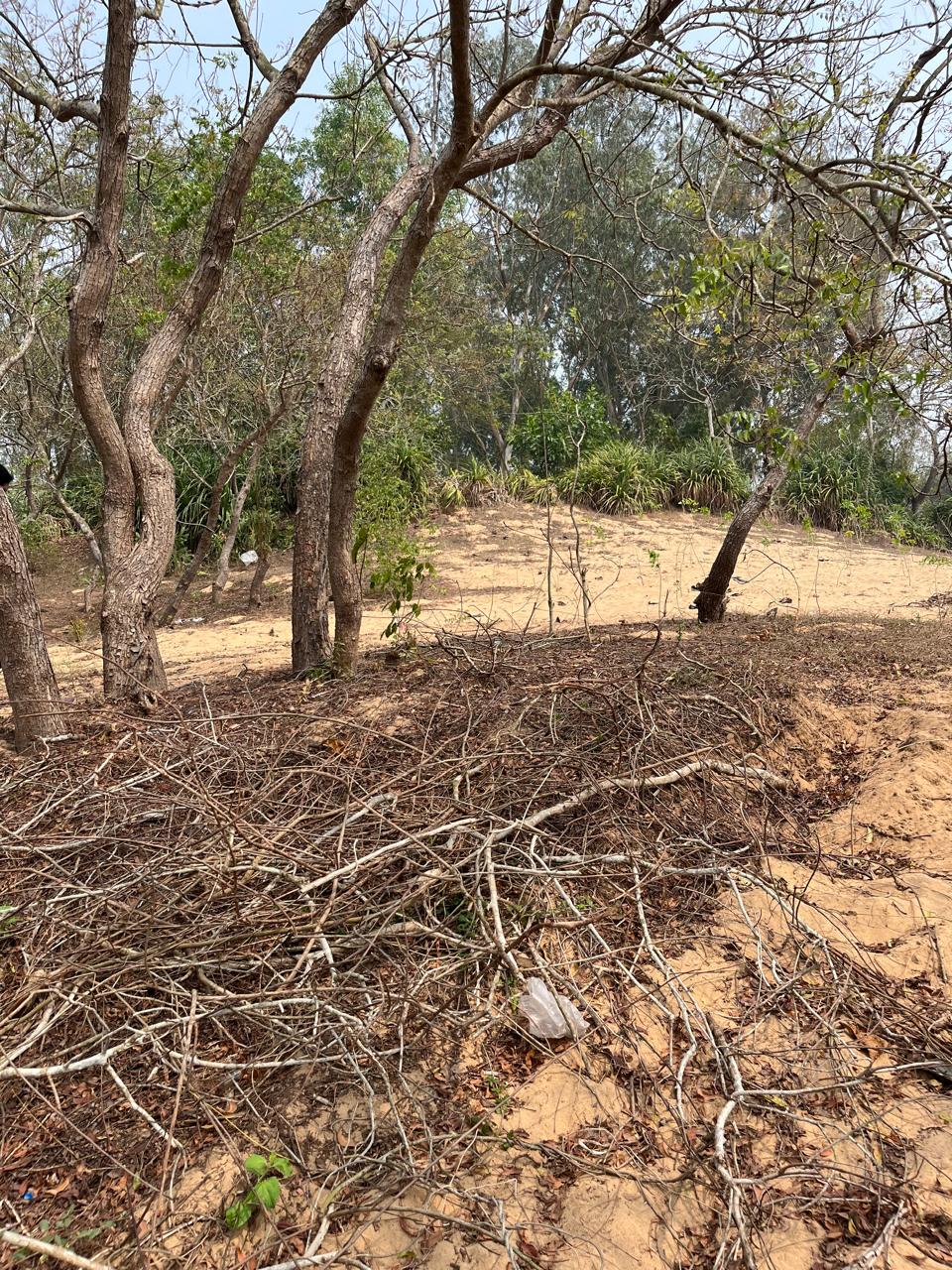Coastal Ecosystems: Need for a Public Discourse

The twentieth century brought a sea change in the approach to life and sibling-less life became the reality for modern young ones.
The story of evolution and revolution of human civilization has many connotations, however one thing along the journey of human society up to the 20th century remained the same that children were always surrounded by siblings.
The twentieth century brought a sea change in the approach to life and sibling-less life became the reality for modern young ones. In a single child household, parents try to fulfill all the vacuums in the child’s life and are in constant run for creating opportunities for higher social engagement for the youngsters.
Under this scenario, one day I landed up in a village where my father was working in his initial days of his career. This village is a coastal village and brought the attention of people, twenty-four years ago during the unfurling of Super Cyclone in 1999.
As per my father’s account, this village experienced the most human casualties in that devastating natural disaster and many people suffered from Post-Traumatic Stress Disorder (PTSD) and as a as a consequence the help of NIMHAS was sought for psychosocial counselling and help the people to rebuild their lives.
During that emotional crisis of the people who escaped ferocious cyclone, the communities still remember the people who helped them to overcome this crisis and incidentally my father is one of them.
Carried away by the appreciative relationship, on a fine morning my father decided to pay a visit to the people with whom he had worked intensely and being the only child, I was implored to accompany him.
Deep down at the bottom of my heart I know, my parents never miss a pinch of opportunity where I would be exposed to societal activities.
Somehow or other it is imprinted in their mind that single children should spend quality time with the communities, outside the four walls of the class room, to learn many life lessons.
This intrinsic parental instinct has transported me to many such places and made me experience multiple feelings. However, on that particular day I was not in a mood to go anywhere, but after emotional persuasion I accompanied him and reached the village.
The demonstrated love and care of villagers were overwhelming that brought tears in my father’s eye. Then began the emotional sharing of yesteryears when this particular village garnered the public attention for the kind of devastation that the nature has endured upon the villagers in particular and the region in general.
In those discussions I came across a word called “Bellary”, which was missing in my dictionary of known words but could perceive from those exchange of dialogues that this very “Bellary” was instrumental in saving many lives in that apocalyptic natural event.
Just to understand the whole conversation, I asked my father in a whispery voice, “Papa! What is this Bellary and how could it withstand the ferocious wind speed as well as surge of blue brine up to thirty feet height? Is it more powerful than the human beings?”
I was expecting the same mumble voice of father to explain me the concept, however he took a different note and started a group discussion around Bellary. Each and every community member started me explaining about Bellary in a very enthusiastic manner.
Bellary, the local name given to the track of sand dunes, created along the coast line by the act of wind and sea waves pattern is a part of the local ecosystem.
The wind flow transports the sand grains from the coast line which has been brought by the sea waves, depositing them on top of each other till a small mound is formed.
Once a mound is formed, sand piles up on the mound, in wind ward side until the edge of the dune collapse under its own height.
As these dune collapse, they move in the same direction as wind and in this way with the change in the wind flow, the sand mound spreads over a large area to form a ridge, sufficiently high above the surface of land.
This unique geomorphological region dominated by sand grains, develop vegetation coverage over a long period of time and these biomes protect the sands from being flown away by the wind or washed away by the sea waves.
These sands spread over a large tract of land area, a part of coastal ecosystem and contribute significantly in the welfare of the local people. Depending on the expansion of the sand, its height and the name of locality, local communities have named each sand dunes. During the conversation it came up like, “Big Ambiki Bellary saved many lives in that ferocious sea water surge during the Super Cyclone.”
It gave me an elevated feeling to know a new concept and understand another component of coastal ecosystem. However, over the discourse on Bellary from local perspective, got to know that this ecosystem is at great risk and threat is coming from the humans too.
Mindless excavation of the sands from these coastal dunes are depleting the Bellary ecosystem. Mechanization in the sand mining is amplifying the depletion process.
The villagers shared that over a period of twenty years’ time, these sand dunes have been shortened in a rapid way which propel me to foresee a future of our next generation, who are going to miss the opportunity to see a real Bellary in this very coastal area.
It could be perceived that with the vanishment of an ecosystem, the villagers might face ecosystem service withdrawal crisis, that may include water scarcity, as sand dunes helps a lot in recharging of ground water table in the coastal areas.
This should serve as a wakeup call that all of us together need to protect these coastal ecosystems, so that the vulnerabilities of the coastal communities are reduced drastically.












































